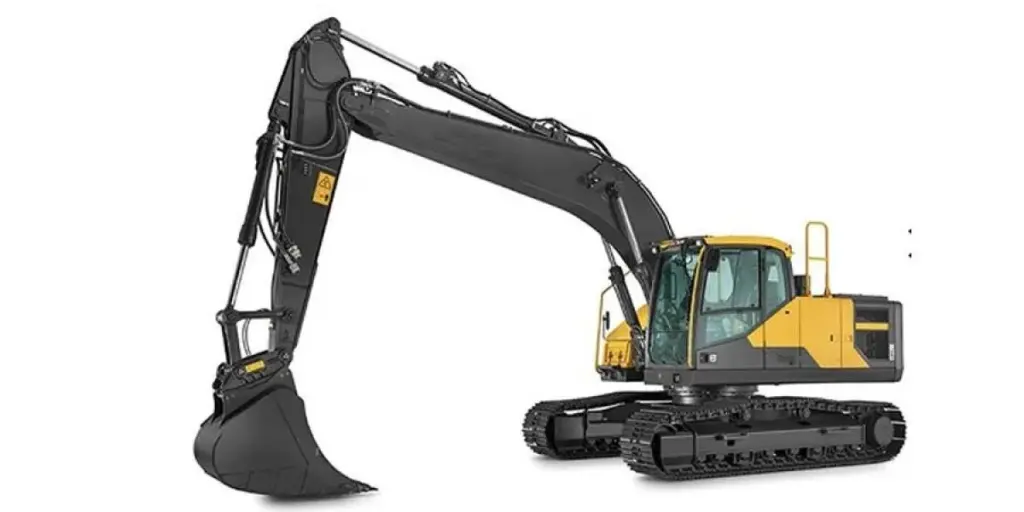Excavating machines are the reliable mainstay of heavy industry and one of the first machines of choice for small farms and gardens. Digging and earth moving have always been arduous, but necessary, tasks of any construction or demolition. However that’s about to change with exciting new technological trends in electronic controls and mechanical design that are about to revolutionize the excavation industry. This article looks at these innovative upgrades and how they will improve excavator operation, making their use easier, smarter and more efficient.
Table of Contents
The growing excavator market
The trend to smart excavators
Overview of the upcoming trends and developments
Final thoughts
The growing excavator market
The global excavator market is anticipated to grow by a CAGR of 4.7% from a global value of US$44.12 Bn in 2018 to US$63.14 Bn by 2026. In the US, the healthy residential construction market projects substantial growth from its current US$ 9.62 Bn in 2018, whereas European construction is likely to grow less robustly due to increased environmental regulations being imposed on the construction industry, as well as the machines themselves. By contrast, the Asia Pacific market is expected to see higher growth in the excavator market from its 2018 value of US$ 17.32 Bn due to increasing infrastructure investments across the region particularly in India and China.
The trend to smart excavators
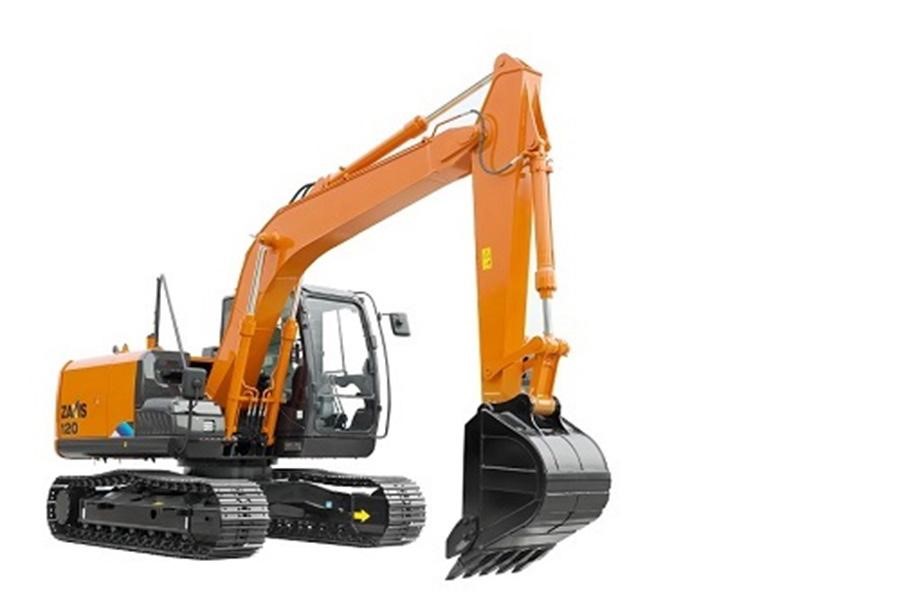
It’s hard to imagine that the fundamentals of modern hydraulic excavators are almost unchanged since the 1950s. The new versions coming on the market will still look much the same from the outside, but that’s where the similarity ends. There are exciting new trends towards technological application of electronic controls and mechanical design that are innovating the ways excavators operate. Amongst the many improvements are reduced swing radius, upgraded cab and controls, digital sensors and cameras, improved engine efficiency and easier maintenance. These developments and more are explored more here.
Overview of the upcoming trends and developments
Reduced and configurable tail swing
One physical change that is impacting design of the new generation of excavators is a reduced tail swing. The swing arc determines the space required for the excavator to operate, so a smaller swing gives more flexibility for narrower spaces. Although small space rotation is common with mini excavators, many manufacturers now offer tighter tail swing in the 20-35ton range of machines. Because tighter swing can impact stability for heavier loads, some of the mini excavators provide configurable options from swing within the track length to 15cm or 50cm overhang. Some of the larger excavators offer a lift assist function to warn against attempting a load beyond the specified lifting capacity.
Improved cab design
Another more visible upgrade is in the interior of the cab. For the operator’s comfort and convenience there is improved climate control, with adjustable and heated seats, and overall more head and leg room in the cab. Vibration through to the cab and driver are reduced through innovations in track roller and body construction. There are even improved stereo systems, some with bluetooth connectivity.
Improved operation
For ease of operation, improvements in more ergonomic joystick design, and use of soft-touch materials, offer a more comfortable and efficient grip. More flexible options are available direct from the joystick with fingertip control of auxiliary hydraulics and secondary functions, so there is no need to move hands away to switches and full control can be maintained through the joystick itself. Some systems also add electronic throttle controls, which give the operator selectable load control modes for different operational loads, giving higher efficiency and energy reduction.
Digital displays, LED, and extended video
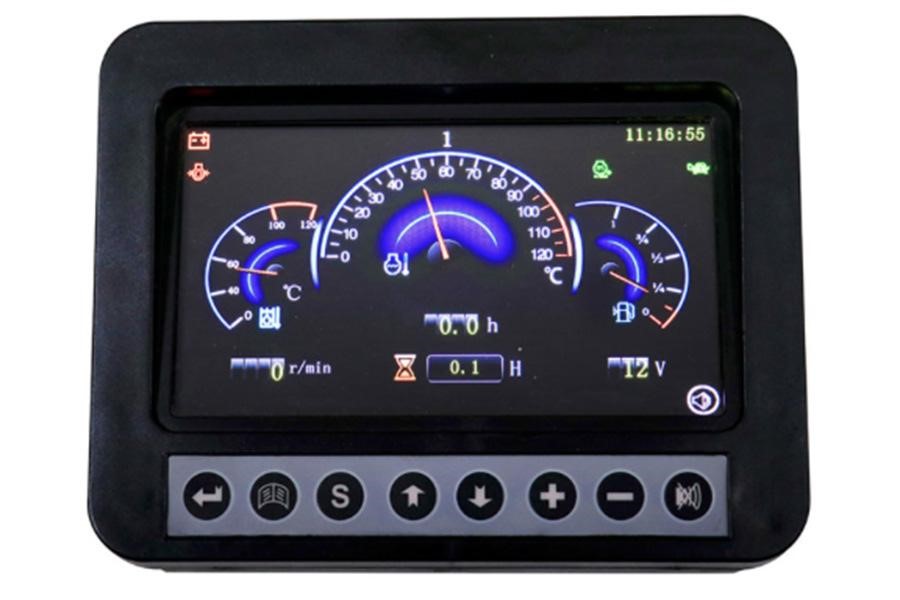
The new excavator controls come with LED displays for easy-to-read clear information read out and machine monitoring. High quality, small and flexible cameras give multiple views around the machine, from front, rear, boom and bucket so give the operator a high degree of control as well as safety. Digital displays can show multiple camera views, switch languages and screen configuration for tailored operator profiles, and some displays offer touch screen usage and additional device connectivity for easier use.
Integrating GNSS, GPS, telematics and data collection technology
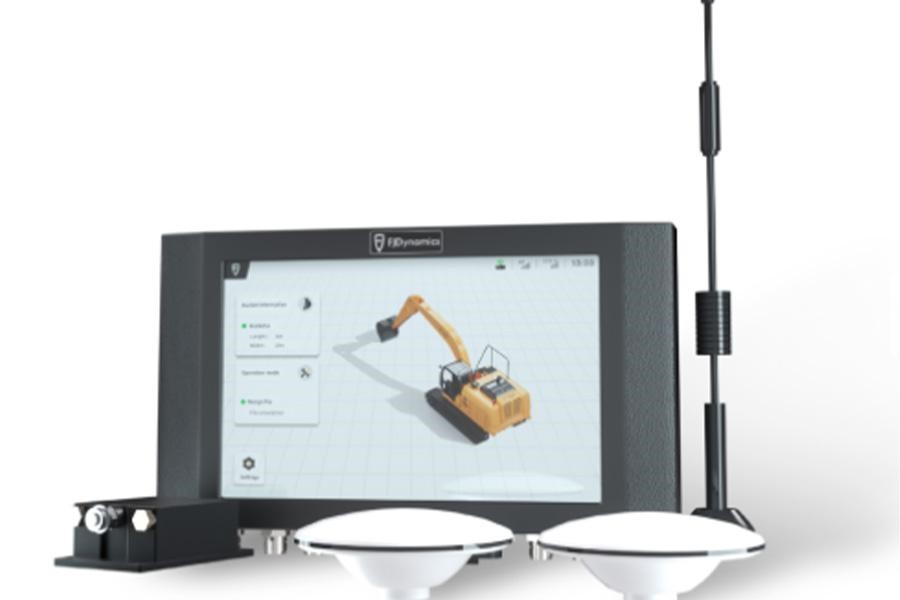
Global Navigation Satellite Systems (GNSS) and GPS technologies are becoming more sophisticated and accurate with integrated wireless and internet capabilities, so machine data can be communicated to local and remote devices quickly and accurately. When combined with the latest sensors and cameras, together with other smart data capture features, operators and project managers can gather detailed analytics on performance, efficiency and safety. The latest Global Positioning Systems (GPS) enable autonomous or remote operation of machinery, improved accuracy and increased safety, collision avoidance, and remote fleet tracking.
The importance of telematics together with GPS, GNSS and internet integration allow precise excavator operation by constantly providing the position and direction of the excavator, collating the information against design data, monitoring progress and sounding alarm if progress is off track.
Remote control
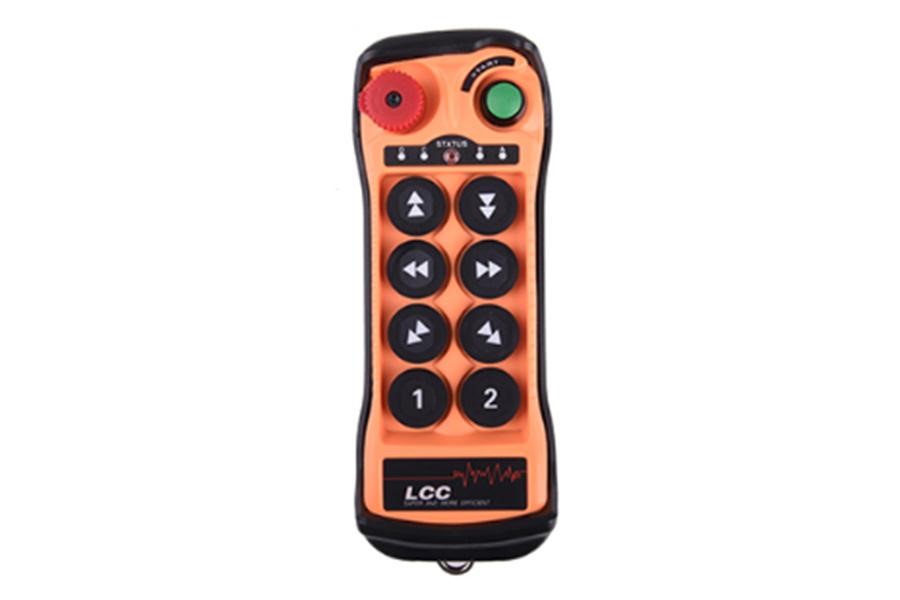
A number of new models now come with remote-control operation which allow for safe-distance operation in hazardous work environments by controlling large or small machines from a safe distance, reducing safety risks and possible injuries from accessing the machines.
These may be line of-sight machine control through a portable console, or even longer distances of several kilometers, limited only by the wireless network availability. Safety and emergency stop features are important, as is minimal command delay.
Depth guidance systems and ‘set and go’ programming
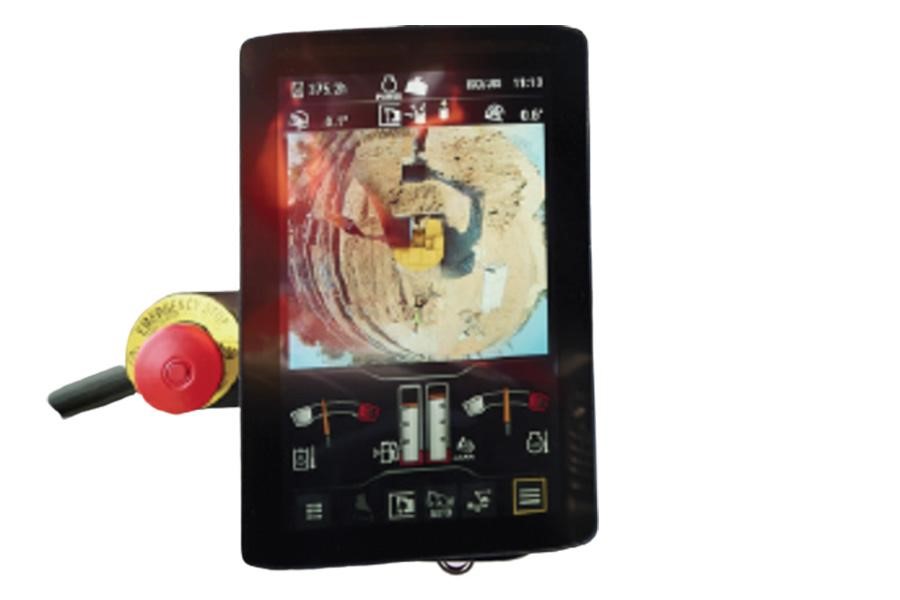
The latest excavators include sensors to monitor the exact position of the excavator’s boom, arm and bucket teeth, and depth check systems that allows the operator to program a desired digging depth and dig against that pre-set. Some of these systems have an accuracy to within half an inch, with data provided directly to the operator’s display panel, to continuously monitor distance, grade and depth. These systems help the operators cut and fill to precise specifications and reach desired grade faster, and without overcutting. These systems also allow for partial or full automation, with automated boom, arm and bucket movements so that the operator just has to set the depth and slope with the monitor, and then activate single-lever digging to deliver accurate and effortless digs.
Adjustable angle blades
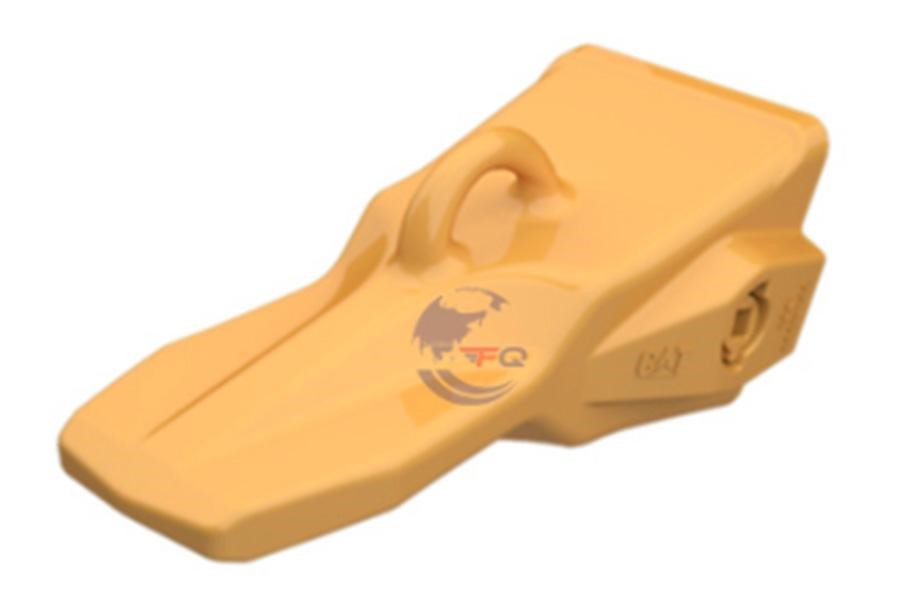
A further innovation is the ability to angle blades left or right up to 25 degrees, or up and down to 12 degrees. This allows the operator to find the best position to grade or backfill faster, and provide more stability when digging on uneven ground, trenching and lifting. This adjustable blade feature means a consistent downforce can be exerted on the blades even on uneven terrain, with very little operator input.
Predictive and easier maintenance
An important evolution in reducing machine downtime and maintenance cost is the use of remote monitoring to collect and analyze excavator data and provide predictive maintenance alerts. Computerized maintenance management systems (CMMSs) have been installed by several manufacturers to allow remote access to the excavator data via internet, using GPS and GNSS, to obtain real-time machine performance, position and maintenance data. These systems provide feedback on operation rate and work efficiency and provide data for preventive maintenance.
Electric powered excavators
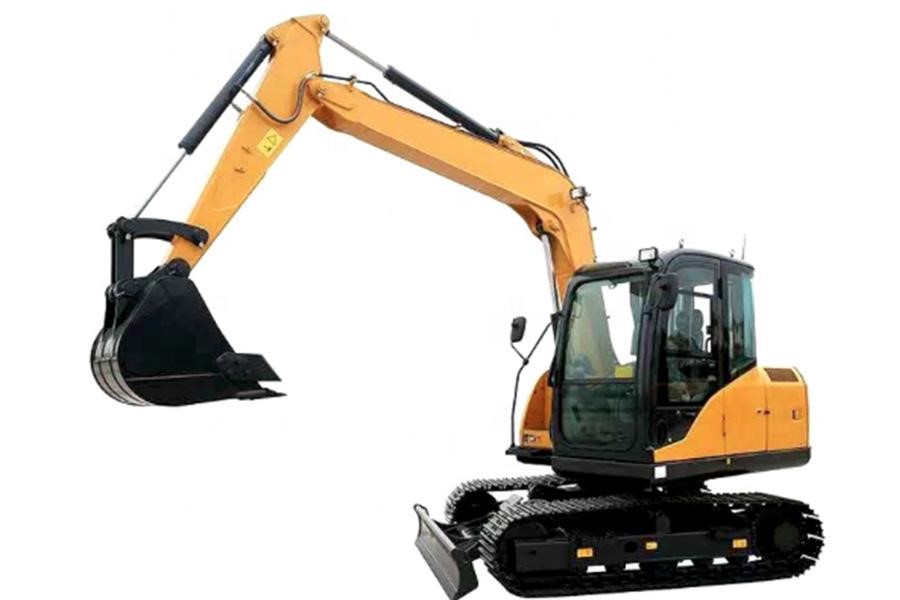
Perhaps a surprising trend in such a heavy diesel-reliant industry is the move towards electric powered, rather than the traditional diesel powered, excavators. Ecological concerns over emissions are a major push. The United Nations reported that the construction industry alone accounts for around 23% of carbon dioxide emissions globally, with around 6% coming from equipment used on site. Increased restrictions on emissions, especially in Europe, prompt the need for electric alternatives, to aspire to zero-emission construction sites. In 2019, Caterpillar launched a 26 ton excavator with a 300Kw battery that could last for 5-7 hours with an overnight recharge. The market now has many smaller mini-excavators from 1 ton size with 8Kw power, up to the 6 ton range with 43Kw power, which can all run throughout a work day and charge in less than 2 hours. Electric options offer reduced emissions and noise reduction with significantly lower lifetime fuel and maintenance costs.
Final thoughts
Demand for excavators continues to grow as the global demand for increased residential housing and improved infrastructure boost the construction industry. Technology has reached the excavator market in a multitude of ways as is being applied to every aspect of these machines from the ground up. Excavators are becoming smarter, the operation becoming easier, maintenance more predictive, and the overall data management on and off the job is more detailed and immediate. With the increasing growth of electric versions, there are now emission-friendly options available too. These are exciting times for the market and there are fascinating options becoming available.
